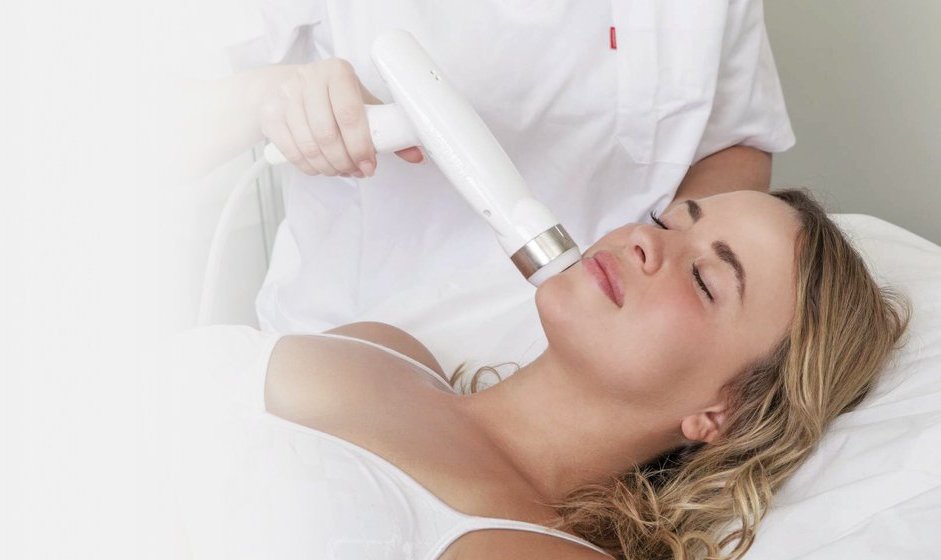Laser tattoo removal machines are your only option should you find yourself with a tattoo that is either distasteful or irrelevant, that you wish to have removed. If you don’t want to have it removed, your only other option is having the tattoos covered, which can leave you with a bit of the old tattoo peeking through depending on the skill of the tattoo artist that does the cover-up.
Tattoos are pieces of art that you can wear on your body forever, and for many, they are a lifestyle choice and an artistic journey that begins in their mid-teens or early 20’s. While many of these tattoos are well thought out, and can often be sentimental, such as memorials of lost loved ones, some tattoos may represent impulse decisions or phases that we’ve long since grown out of. Some people find that they have a hard time getting a good job if they have tattoos in the wrong places, such as their neck, face or hands. While this isn’t always a problem in today’s ever growing and accepting society, it has become a barrier for many people.
Whatever the reason, more and more people are turning to laser tattoo removal machines to rid themselves of their undesirable markings. In this article, we’ll be taking a closer look at tattoos, the removal process, how it works, and how the best results are received.
Tattoos
Tattoos are created by injecting ink by using an electronic tattoo machine which injects the skin up to 3,000 times a minute. The skin is penetrated around a millimetre in depth and the ink that is deposited is insoluble which is what makes tattoos permanent, as they will not be dissolved under the skin. The inks can break down in time, which is why old tattoos can appear faded or patchy, but as a complete piece, the tattoo will never truly disappear unless professionally removed. This is where a laser tattoo removal machine can come in handy.
Laser Tattoo Removal
Laser tattoo removal is the only method of tattoo removal which does not leave scarring or require an expansive cover-up. Instead, laser tattoo removal uses wavelengths of light to break down the pigments in the ink, dispersing them into smaller molecules which can be absorbed by the body.
While this may seem like a relatively simple process, it is actually quite complicated, with different pigments requiring different frequencies. Shades such as black and dark green, for example, are usually easier to remove, whereas colourful pigments such as yellow and purple can be more difficult to break down.
Laser tattoo removal machines are quite expensive pieces of machinery and while in some states you don’t require a license to operate one, they really shouldn’t be operated by anyone other than a professional. Laser tattoo removal machines are comprised of a main unit, which is connected to a foot pedal. Also attached to the main unit is the hand piece which has a variety of different tips which can be selected to ensure the best results and make sure that your tattoo is removed properly the first time. As this machine emits bright lights it is essential that both the operator and the patient are wearing protective goggles, and all machines should have an emergency off switch for safety.
The Removal Process
During the removal process laser light is applied directly over the tattooed skin by the laser tattoo removal machine. The ink particles absorb this light, becoming heated, which causes the molecules to shatter, as previously mentioned. Over the next few days and weeks the broken up ink is absorbed, causing the tattoo to appear faded. Full removal takes many months and many sessions, so, just as getting a tattoo in the first place, shouldn’t be a journey undergone lightly.
While laser tattoo removal isn’t pain-free, the discomfort you will feel is mild, and no more than what you would have felt when being tattooed. After each session with a laser tattoo removal machine healing typically takes around 14 days, and usually involves bruising, swelling, and itching.
Results
There are many variables which can impact the success of a tattoo removal. As previously discussed, different pigment colours are more easily broken down than others, and so may never break down fully. The age of the tattoo will also impact the likelihood of success, with older tattoos more easily removed. Luckily for those who were experimental with their inks amateur tattoos are more easily faded than professional ones.
However, with so many potential factors impacting the success of removal, you may be left with what is known as ‘ghosting’ which are faint marks of the original tattoo caused by skin damage during the tattooing process. In short, there really is no simple quick-fix tattoo removal system, and no permanent mark to your skin should ever be undertaken lightly.


